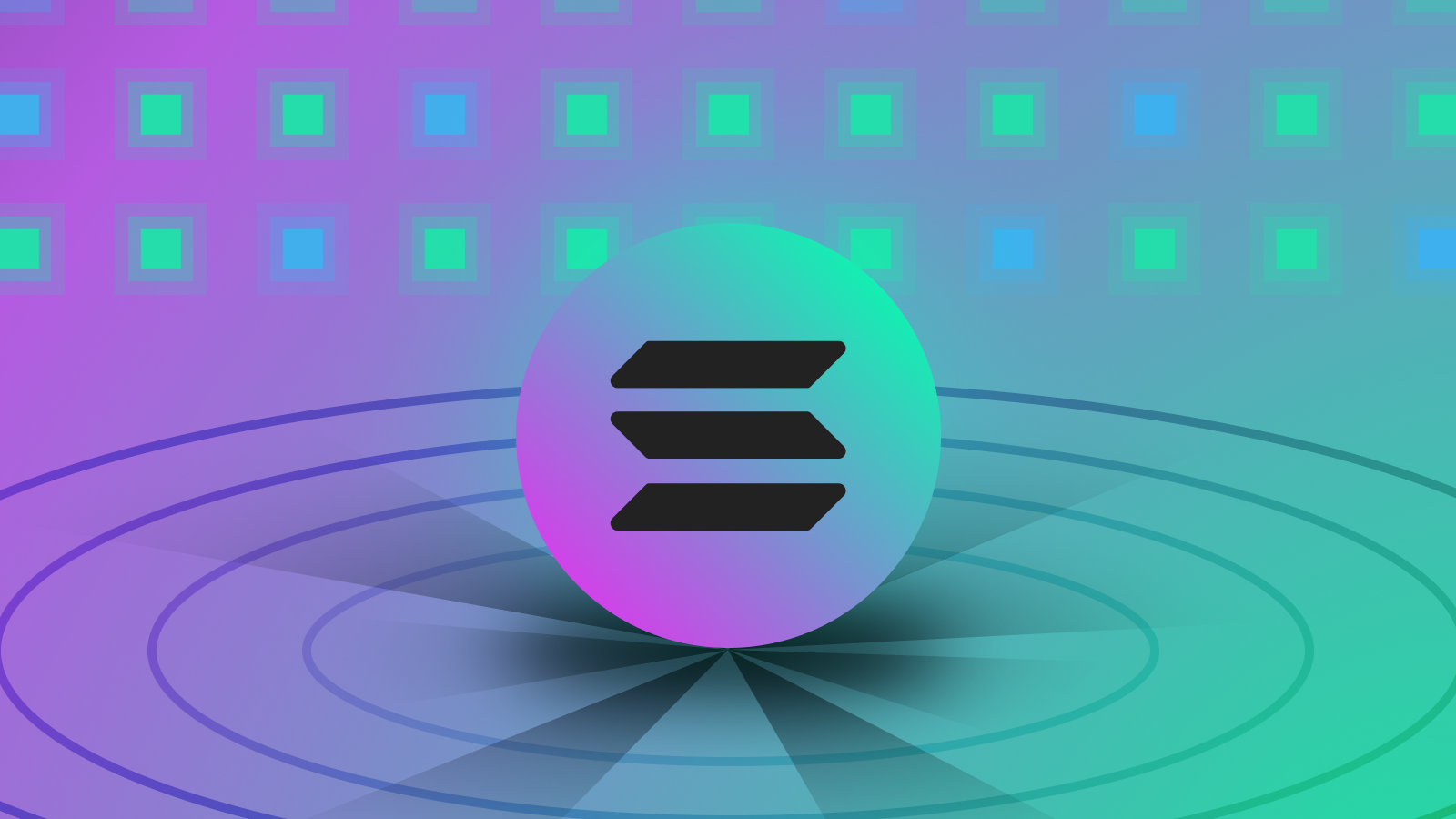
What is Solana (SOL)
Solana is a decentralized, open-source blockchain platform that aims to provide fast, scalable, and secure infrastructure for decentralized applications (dApps). Developed by Solana Labs, the Solana network was launched in March 2020 and has since become one of the fastest-growing blockchain networks in the world, with a growing number of developers and users building and using dApps on the platform.
One of the main features of Solana is its high transaction speed, which is made possible by its novel proof-of-history (PoH) consensus mechanism. Unlike traditional proof-of-work (PoW) or proof-of-stake (PoS) consensus mechanisms, which can be slow and resource-intensive, Solana’s PoH allows the network to process thousands of transactions per second (TPS) with low fees. This makes it an attractive choice for developers building dApps that require high levels of scalability and low transaction costs, such as decentralized exchanges (DEXs), prediction markets, and social media platforms.
Another key feature of Solana is its energy efficiency. Unlike PoW-based blockchains like Bitcoin and Ethereum, which require a large amount of energy to maintain their networks, Solana’s PoH consensus mechanism is much more energy-efficient. This makes it a more environmentally-friendly alternative to other blockchain networks and allows it to operate without the need for expensive mining hardware.
In addition to its high TPS and energy efficiency, Solana also offers a range of other benefits for developers and users. For example, it has a built-in governance system that allows stakeholders to propose and vote on changes to the network. It also has a native programming language called Move, which allows developers to easily build and deploy dApps on the platform.
Solana’s focus on scalability and efficiency has made it an attractive choice for developers building decentralized finance (DeFi) applications. DeFi refers to a growing movement in the blockchain industry that aims to use blockchain technology and smart contracts to provide financial services that are decentralized, transparent, and accessible to anyone with an internet connection.
Solana’s high TPS and low transaction fees make it well-suited for DeFi applications that require fast and cheap transactions, such as decentralized exchanges (DEXs) and stablecoins. For example, the Serum DEX, which is built on Solana, has become one of the most popular DEXs on the market, with a growing number of users and trading volume. Additionally, Solana’s low energy consumption makes it an attractive choice for DeFi applications that require a large amount of on-chain activity, such as yield farming protocols, which can be resource-intensive on other blockchain networks.
Solana has already attracted a significant number of developers and users, and its ecosystem continues to grow. Some of the most popular dApps on the platform include Serum, a decentralized exchange built on Solana, and Mirror, a decentralized social media platform. In addition, the Solana Foundation, a non-profit organization that supports the development of the Solana ecosystem, has partnered with a number of organizations and companies to promote the adoption of Solana and its dApps.
In addition to its DeFi applications, Solana is also being used for a variety of other dApps and use cases. For example, the Mirror social media platform, which is built on Solana, allows users to create and share content in a decentralized and censorship-resistant manner. Solana is also being used for prediction markets, supply chain management, and other applications that require fast and cheap transactions.
Despite its many strengths, Solana does face some challenges and limitations. One issue is that it is still a relatively new platform, and as such, it may not yet have the same level of security and robustness as more established blockchains. Additionally, like any decentralized network, Solana is susceptible to various forms of attacks and vulnerabilities, and it will be important for the platform to continue to prioritize security as it grows.
One of the key challenges for Solana and other DeFi platforms is regulatory compliance. As DeFi becomes more popular and mainstream, it is likely that regulators will begin to pay more attention to this space and may impose rules and regulations that could impact the development and operation of DeFi applications. It will be important for Solana and other DeFi platforms to navigate these regulatory challenges and ensure that they are operating in a compliant manner.
Another challenge for Solana and DeFi in general is user adoption. While DeFi has the potential to revolutionize the financial industry and make financial services more accessible and transparent, it is still a relatively niche area and may not yet be fully understood or trusted by the general public. It will be important for Solana and other DeFi platforms to educate and engage with potential users and demonstrate the value and benefits of using DeFi applications.
Another challenge for Solana is competition from other blockchain platforms. With the growing number of dApp platforms on the market, it will be important for Solana to continue to differentiate itself and offer unique value to developers and users. This may involve continuing to improve its technical features, such as its TPS and energy efficiency, as well as expanding its ecosystem and partnerships.
Despite these challenges, Solana has the potential to become a major player in the decentralized ecosystem. Its high TPS and energy efficiency make it an attractive choice for developers building high-scalability dApps, and its growing ecosystem and partnerships suggest that it has strong potential for continued growth and adoption in the future. As the decentralized space continues to evolve, it will be interesting to see how Solana continues to innovate and shape the future of blockchain technology.

Comments